Do Manual Hoists and Trolleys Require a Load Test After Installation?
Did you just have a manual hoist or trolley installed and are wondering about the need for a load test? According to ASME and CMAA standards, the answer to the question is yes.
Did you recently purchase a new manual hoist or trolley for your facility? Have you recently repaired your current hoist or trolley?
If the answer to either of those questions is yes, did you know your work before putting that equipment into use is just getting started?
According to standards set forth by the American Society of Mechanical Engineers (ASME) and Crane Manufacturers Association of America (CMAA), you need to load test any new or altered hoists and trolleys before beginning or returning the gear to service.
In this article, we’ll outline the following things you need to know before using your manual hoists or trolleys:
- Are load tests required for manual hoists?
- Why is there ambiguity or confusion?
- Who’s required to do the load test?
- What are the tests requirements?
- What is beam deflection, and what is an acceptable range?
- How often do manual hoists and trolleys need to be inspected?
Are Load Tests Required for Manual Hoists?
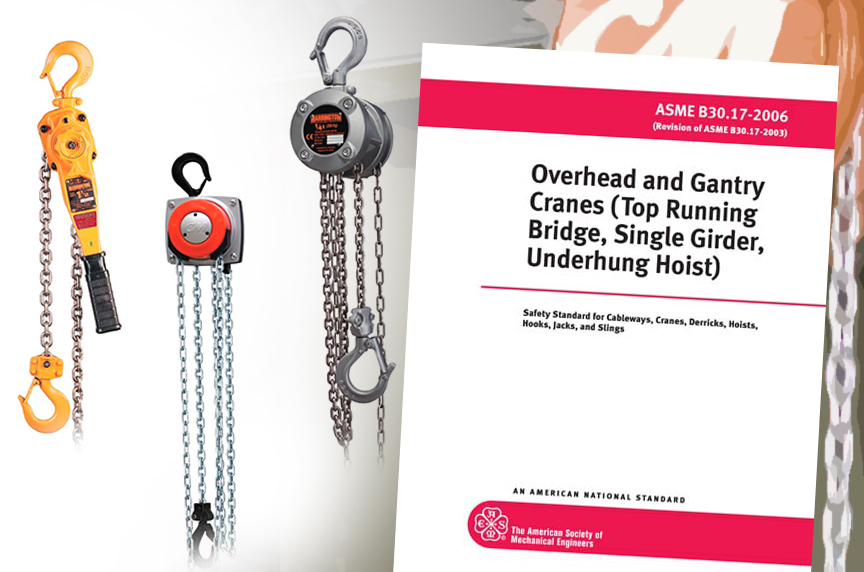
Our specialists have found end-users battling confusion over this topic. Often, we hear the question: “If I buy a hoist and trolley that’s already been tested by the manufacturer, and then, put it on a structure that’s already been tested, is it still required to be tested again?”
The short answer is yes because it’s a reinstallation. Anytime you remove or reinstall a hoist, it must be load tested again, according to ASME B30.17 Cranes and Monorails (With Underhung Trolley or Bridge).
This topic is one our trainers focus on with customers. Anytime you do any major work on a load-bearing component, which is going to be the trolley bolts and everything that holds it to the overhead beams, you have to conduct a load test.
Why Is There Ambiguity or Confusion with the Standard?
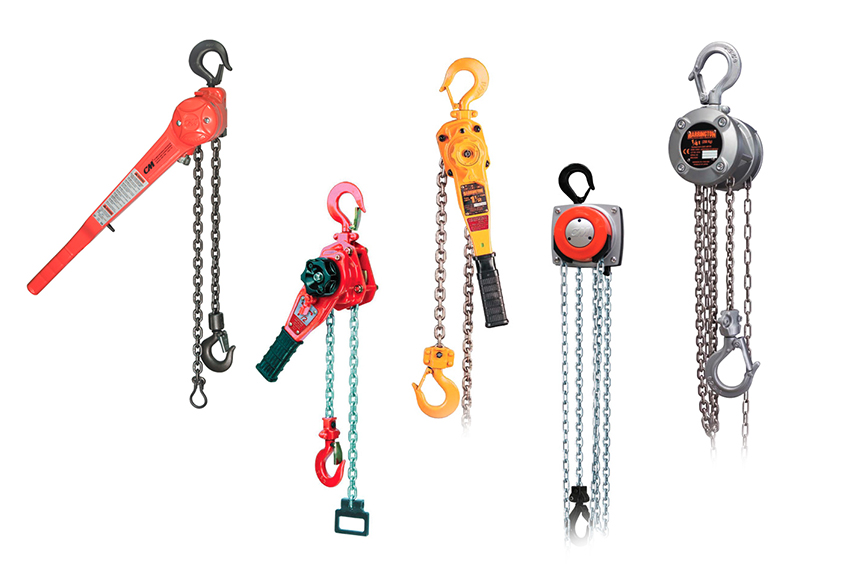
The confusion comes because of maintenance applications where they’re using a hand chain hoist or come along, and it’s not left in place at all times. They may pull a motor or gearbox using a monorail system that’s been tested and certified.
While the monorail system has been tested and certified, the trolley and chain falls need to be after they’re installed. Although they’re certified, end-users need to have the whole system recertified before returning to service.
That leads to confusion because it’s a lifting application, and not a crane.
Recently, our lifting specialists ran into this problem when a customer had “a one-off maintenance operations” adjustment. The customer asked, “Do I have to load test this monorail again?”
According to the standards, the monorail has to be load tested, as do the trolley and the hoist. Even if they’ve been load tested by the manufacturer, they need to be load tested again once installed at the place of operation.
The Crane Manufacturers Association of America, Inc.’s Crane Operator’s Manual (CMAA Specification No. 79 – 2020) textbook states anytime you’re installing, reinstalling, or repairing any type of hoist onto a crane system, you’re required to do a load test.
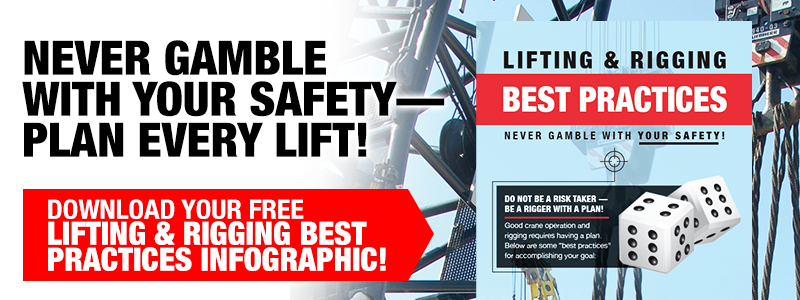
Who’s Required to Conduct the Load Test?
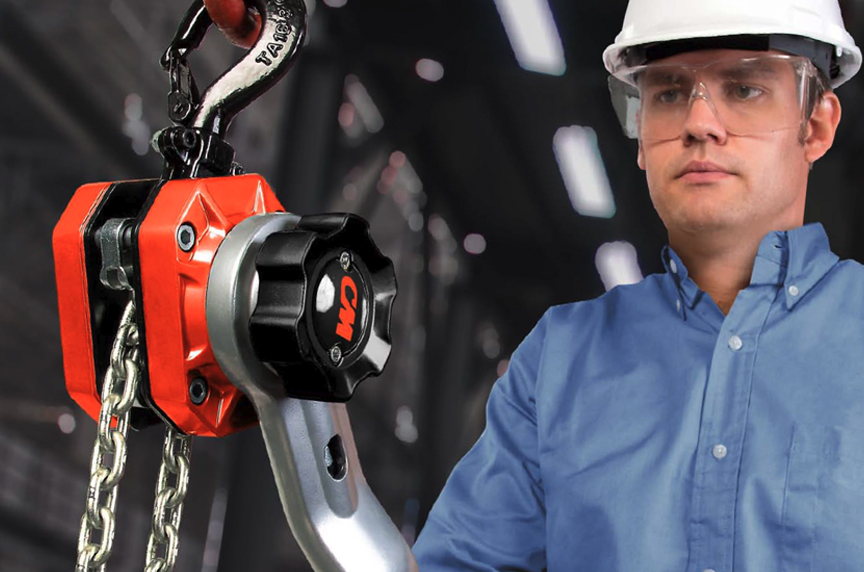
A competent person, as long as they’re capable of doing the install.
Not only do they need to be competent in doing the load test, but they must understand what you’re looking for during the test. Then, they need to do the reinspection after the load test, to check for deflection and make sure the brakes are holding.
OSHA defines a Competent Person as:
“One who is capable of identifying existing and predictable hazards in the surroundings, or working conditions which are unsanitary, hazardous, or dangerous to employees, and who has authorization to take prompt corrective measures to eliminate them (OSHA 29 CFR 1926.32(f)).”
Of course, there are more questions and some ambiguity when reading this definition of a competent person, but certainly two words stand out — “capable” and “authorized.”
One of the questions you may ask is, “what makes someone capable, and how do you authorize them to take corrective actions?” Competency is demonstrated by a person’s knowledge, skills, experience, and training — not by successfully completing training programs or evaluations.
It’s the employer’s responsibility to designate a competent person on a job site or in a facility. In the world of lifting and rigging, a competent person performs the inspections of lifting slings and rigging hardware, prior to each shift or each lift. This person has demonstrated to their employer that they have the ability to recognize hazards, and have been deemed competent.
What Are the Test Requirements?
The ASME B30.17 Cranes and Monorails (With Underhung Trolley or Bridge) states all newly installed cranes shall be tested.
That’s an actual requirement, and manual trolleys must be load tested prior to first use as part of the initial inspection.
Operational Tests
Under Section 17-2.2 of the ASME B30.17 Cranes and Monorails (With Underhung Trolley or Bridge) standard, “New, reinstalled, altered, repaired, and modified cranes and monorail systems shall be tested by a designated person prior to initial use to confirm that the equipment performs in compliance with the provisions of this Volume.
“Tests shall include, as applicable, the following functions:
- Lifting and lowering
- Trolley travel
- Bridge travel
- Hoist(s) in accordance with ASME B30.16 Overhead Underhung and Stationary Hoists
- Travel-limiting devices
- Locking and safety devices for
- Interlocking mechanisms
- Track switches
- Drop sections
- Lift sections
- Indicating devices, if provided
Load Tests
“New, reinstalled, altered, repaired, and modified equipment should be load tested prior to initial use as determined by a qualified person. Load testing of altered, repaired, and modified equipment may be limited to the functions affected by the alteration, repair, or modification, as determined by a qualified person.
“The replacement of load chain and rope is specifically excluded from this load test. However, an operational test of the hoist shall be made in accordance with ASME B30.16 Overhead Underhung and Stationary Hoists prior to putting the crane or monorail system back in service.
“If a load test is conducted, the load shall be not less than 100% nor more than 125% of the rated load of the crane or monorail system, unless otherwise recommended by the manufacturer or a qualified person. If a load test is conducted, the person conducting the load test shall prepare a written report of the load sustained during the test and the operations performed during the tests. Reports shall be placed on file.”
Hoist Tests
“Hoists shall be load tested per ASME B30.16 Overhead Underhung and Stationary Hoists.”
Hand-Chain-Operated Hoists
New hand-chain-operated hoists shall be load tested by the manufacturer using the method specified in para. 16-2.2(a)(1) with a test load of not less than 125% of the rated load. If load testing of the hoist cannot be performed by the manufacturer, the user shall be notified and the load test shall be accomplished at another location or job site, by or under the direction of a designated person, prior to the hoist being placed in service.
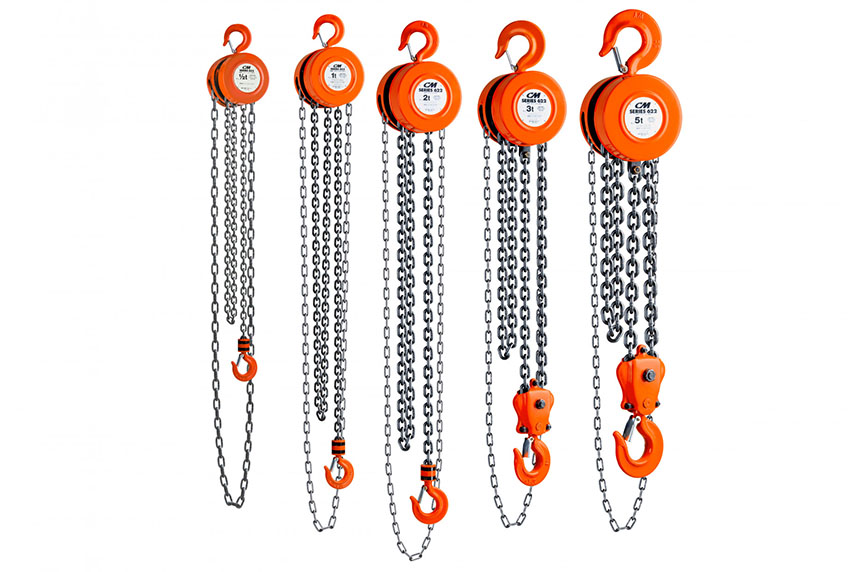
Hoists in which load-suspension parts have been altered, replaced, or repaired should be statically or dynamically load tested as determined by a qualified person. If a qualified person determines that a load test is required, the load test shall be performed.
If a load test is conducted, the load test shall be conducted by or under the direction of a designated person. Lifting and lower functions shall be tested. (Testing through complete rated lift length is not required).”
According to the standard, any load test “shall not be less than 100% of the rated load of the hoist or more than 125% of the rated load of the hoist unless otherwise recommended by the hoist manufacturer or a qualified person.”
If a load test is conducted, the person conducting the load test shall prepare a written report of the load sustained and the operations performed during the test. Reports shall be placed on file.”
The replacement of load chain is specifically excluded from this load test. However, an operational test of the hoist should be made in accordance with para. 16-2.2.1(a)(2) prior to putting the hoist back in service.”
Electric-Powered or Air-Powered Hoists
Complete new electric-powered or air-powered hoists shall be dynamically load tested by the manufacturer using the method specified in paras. 16-2.2.1(b)(1) and (b)(2) with a test load of not less than 125% of the rated load. If testing of the hoist cannot be performed by the manufacturer, the user shall be notified and the load test shall be accomplished at another location or job site, by or under the direction of a designated person, prior to the hoist being placed in service.
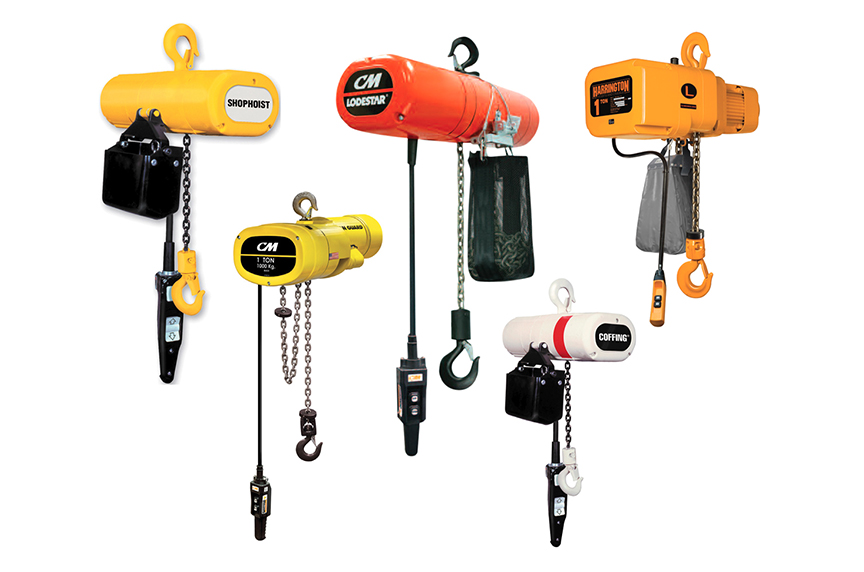
Hoists in which load-suspension parts have been altered, replaced, or repaired should be statically or dynamically load tested as determined by a qualified person.
If a load test is conducted, the load test shall be conducted by or under the direction of a designated person.
Lifting and lowering functions shall be tested (Testing through complete rated lift length is not required). Operation of brake(s) shall be tested.
If a load test is conducted, the test load shall not be less than 100% of the rated load of the hoist or more than 125% of the rated load of the hoist unless otherwise recommended by the hoist manufacturer or a qualified person.
If a load test is conducted, the person conducting the load test shall prepare a written report of the load sustained during the test and the operations performed during the test. Reports shall be placed on file.
The replacement of load chain or rope is specifically excluded from this load test; however, an operational test of the hoist should be made in accordance with paras. 16-2.2.1(b)(1), (b)(2), and (b)(3) prior to putting the hoist back in service.
Test anchorages or suspensions shall be approved by a qualified person.
What Is Beam Deflection, and What Is an Acceptable Range?
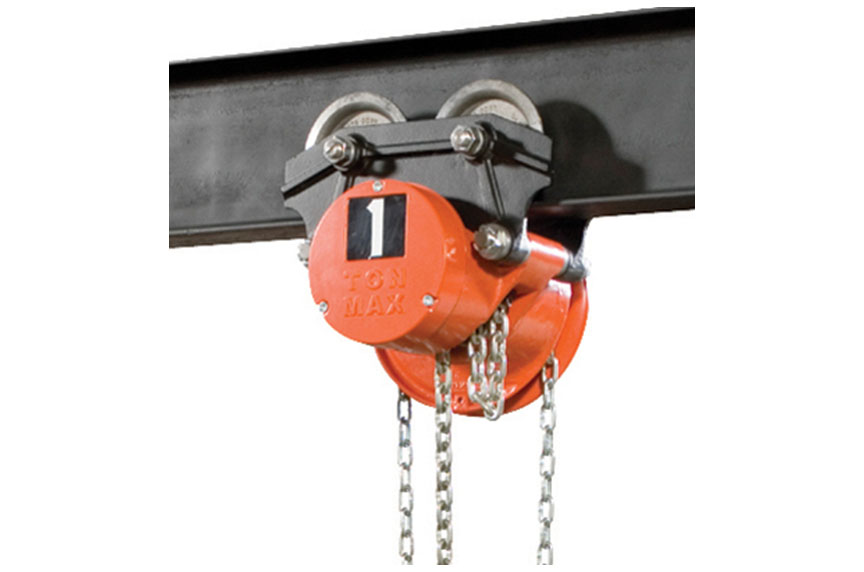
Deflection is the degree to which a beam actually bends or displaces while under a load.
The acceptable range for deflection is a calculation based on the span distance of the overhead crane.
It varies depending on the type of structure, including:
- Monorails
- Bridge beams
Acceptable deflection comes down to the plans of the crane manufacturer and engineer. They should list the deflection allowance in their manuals. As an operator, it’s your responsibility to read and understand the deflection allowance level of your crane, and make sure you’re staying in that range.
How Often Do Manual Hoists and Trolleys Need to be Inspected?
Trolleys
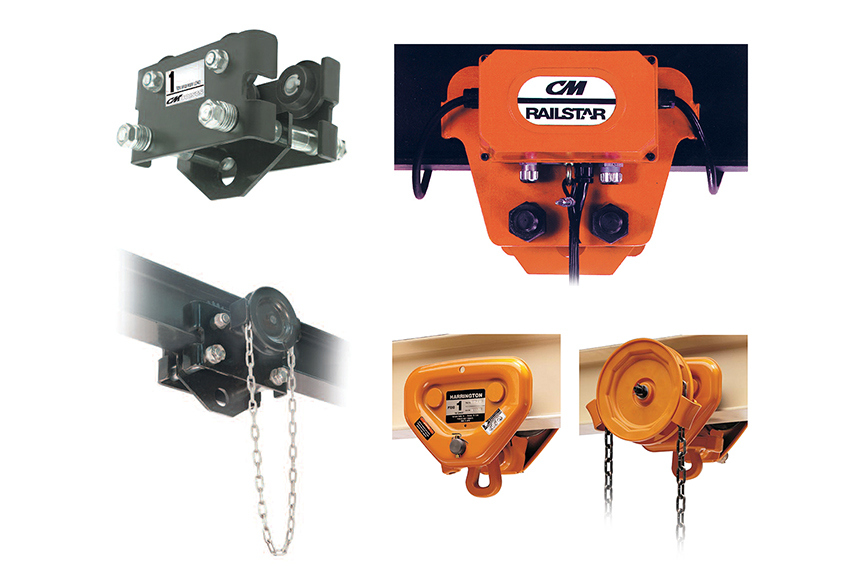
According to ASME B30.17 Cranes and Monorails (With Underhung Trolley or Bridge):
“All inspections shall be performed by a designated person in accordance with the manufacturer’s recommendations and with the requirement of this Volume. Any deficiencies identified shall be examined and a determination made by a qualified person as to whether they constitute a hazard and whether disassembly or a more detailed inspection is required.”
While trolleys are not specifically listed in the initial, functional test, or frequent inspections, they’re included in the periodic inspections section.
During a periodic inspection, specialists will look for excessive wear of trolley(s), end truck guide wheels, trolley adjustments, and tolerances to manufacturer specifications.
Additionally, trolley travel will be included in operational tests.
Hoists
According to ASME B30.16 Overhead, Underhung, and Stationary Hoists:
All inspections shall be performed by a designated person in accordance with the manufacturer’s recommendations and requirements of this Volume. Any deficiencies identified shall be examined and a determination made by a qualified person as to whether they constitute a hazard, and, if so, what additional steps need to be taken to address the hazard.
“The intervals shall be determined by a qualified person based on intended operating conditions and their effects on critical hoist components.”
Initial Inspection
“Prior to initial use, all new, altered, or modified hoists shall be inspected to verify compliance with the applicable provisions of this Volume.
Pre-Operation Inspection
Visual inspection with records aren’t required, but they must be performed before the first use of each shift.
During these inspections, the designated person needs to inspect:
- Hoist limit devices of electric or air-powered hoists without a load on the hook
- Hooks for gross damage
- Hook latches, if used, for proper operation
- Hoist rope for gross damage
- Load chain for gross damage
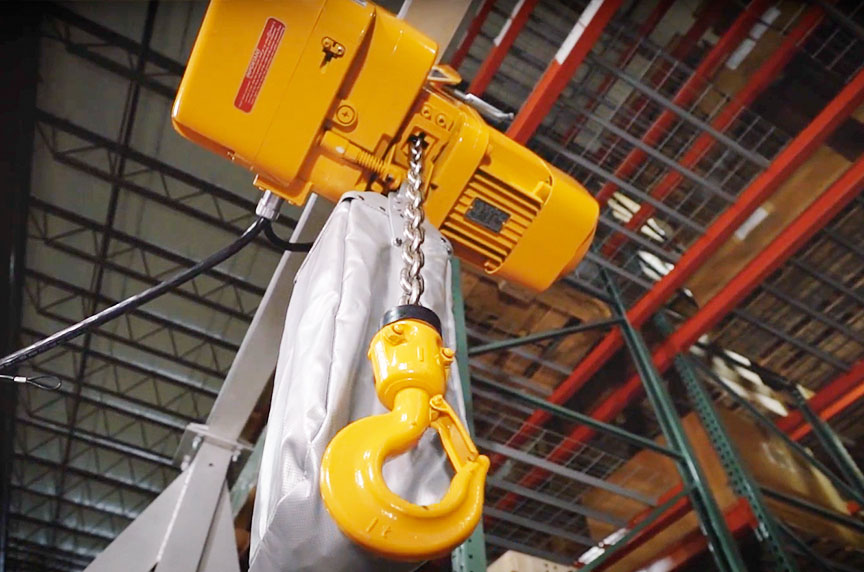
Frequent Inspection
Visual examinations with records aren’t required, but they must be done:
- Monthly for normal service
- Weekly for heavy service
- Daily for severe service
During these inspections, the designated person needs to inspect:
- Hoist limit devices of electric or air-powered hoists without a load on the hook
- Operating mechanisms for:
- Proper operation
- Proper adjustment
- Unusual sounds
- Hoist braking system for proper operation
- Lines, valves, and other parts of air systems for leakage
- Hooks, in accordance with ASME B30.10 Hooks standard
- Hook latches, if used, for proper operation
- Hoist rope for gross damage, which includes:
- Distortion
- Kinking
- Crushing
- Unstranding
- Birdcaging
- Main strand displacement
- Core protrusion
- General corrosion
- Broken or cut strands
- Number, distribution, and type of visible broken wires
- Load chain for gross damage, including:
- Gouges
- Nicks
- Weld splatter
- Corrosion
- Distorted links
- Observe operation of the chain and sprockets with a load to remove chain slack
- Rope or load chain reeving for compliance with recommendations of the hoist manufacturer
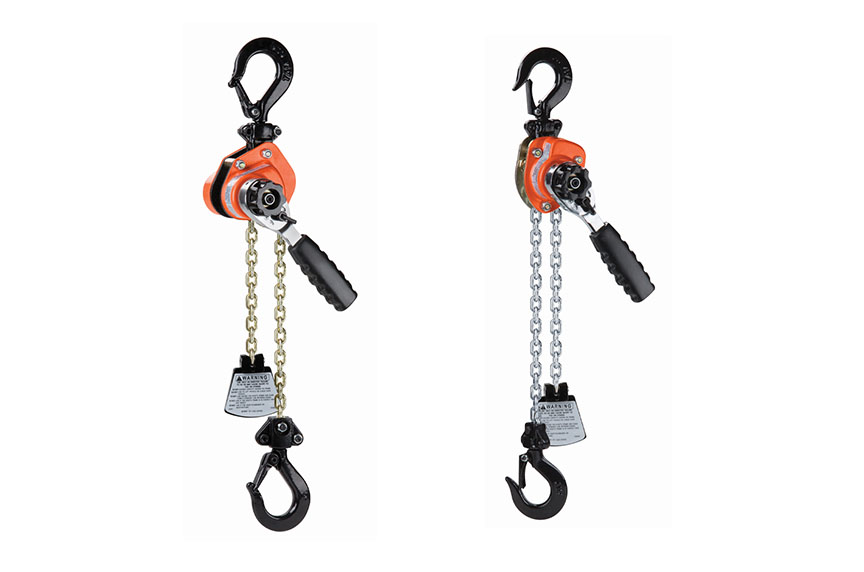
Periodic Inspection
Visual inspection must be done with records of external conditions to provide the basis for a continuing evaluation. An external coded mark on the hoist is an acceptable identification in lieu of records.
These inspections should be done:
- Yearly for normal service
- Semiannually for heavy service
- Quarterly for severe service
During periodic inspections, the designated person needs to inspect the following components:
- Fasteners for evidence of loosening
- Load blocks
- Suspension housings
- Hand chain wheels
- Chain attachments
- Clevises
- Yokes
- Suspension bolts
- Shafts
- Gears
- Bearings
- Pins
- Rollers
- Locking and clamping devices for evidence of:
- Wear
- Corrosion
- Cracks
- Distortion
- Hook-retaining nuts or collars, and pins, welds, or rivets used to secure the retaining members for evidence of damage
- Load sprockets, idler sprockets, drums, and sheaves for evidence of damage and wear
- Brake mechanism on hand chain hoists for evidence of:
- Worn, glazed, or oil-contaminated friction disks
- Worn pawls, cams, or ratchets
- Corroded, stretched, or broken pawl springs
- Motor brake and load brake on electric- or air-powered hoists for evidence of wear
- Electrical apparatus
- Supporting structure or trolley
- Labels
- Hoist rope over its entire length
- Sections of rope subject to rapid deterioration in contact with:
- Saddles
- Equalizer sheaves
- Other sheaves where rope travel is limited
- Terminal ends where corroded or broken wires may protrude
- Subject to reverse bending
- Rope normally hidden during visual inspection, such as parts passing over sheaves
- Welded link chain
- Roller chain
- Function labels on pendant control stations
- Hoist and hoist mounting for evidence of missing items
***Remember, frequent inspections can be done by an in-house competent person. Periodic inspections need to be done by a third-party rigging inspection company.
What Are My Next Steps?
By reading this piece, you now have a better understanding of:
- When manual hoists and trolleys need to be load tested
- Why there’s confusion about the requirements
- Who’s required to do the load tests
- What the test requirements are
- How inspections are done
- When inspections are necessary
Currently, CMAA recommends doing a load test on a periodic basis of three to four years.
However, if you’re doing some type of severe modification to or upgrade any load-bearing components, you’ll need an additional load test to recertify that assembly. If you’re putting on a new load chain, you’re going to have to redo your load test.
Those are qualifying events, but interpretation of CMAA standards say a load test is necessary for critical load-bearing components.
Call us at 800.362.4601 or click here to speak with a rigging specialist about getting your company in compliance with ASME standards.
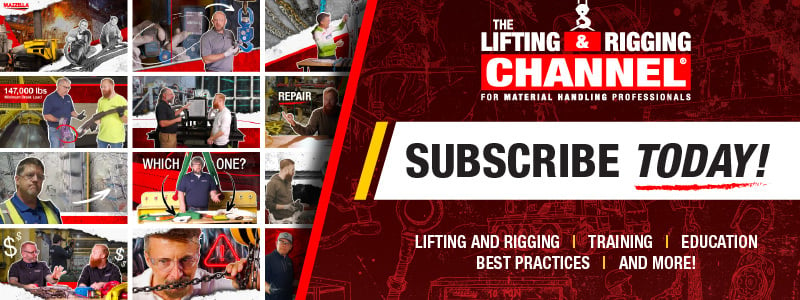
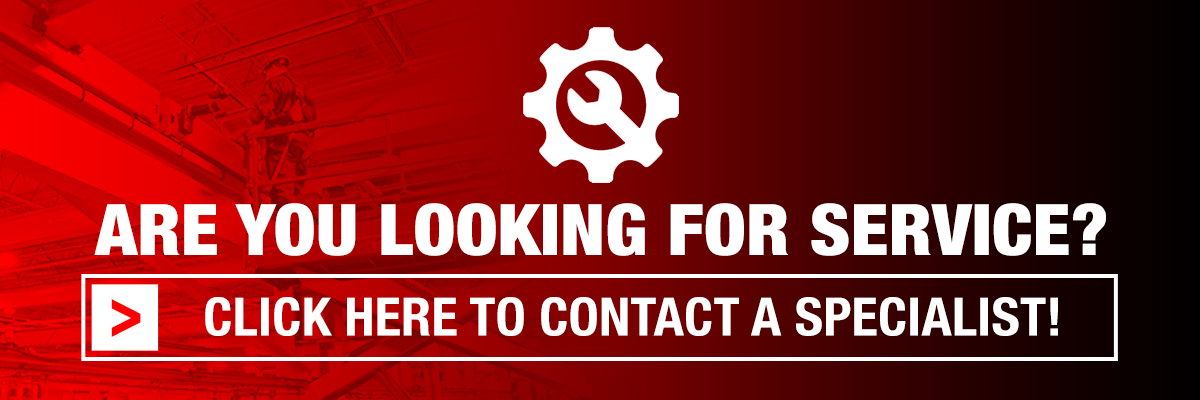
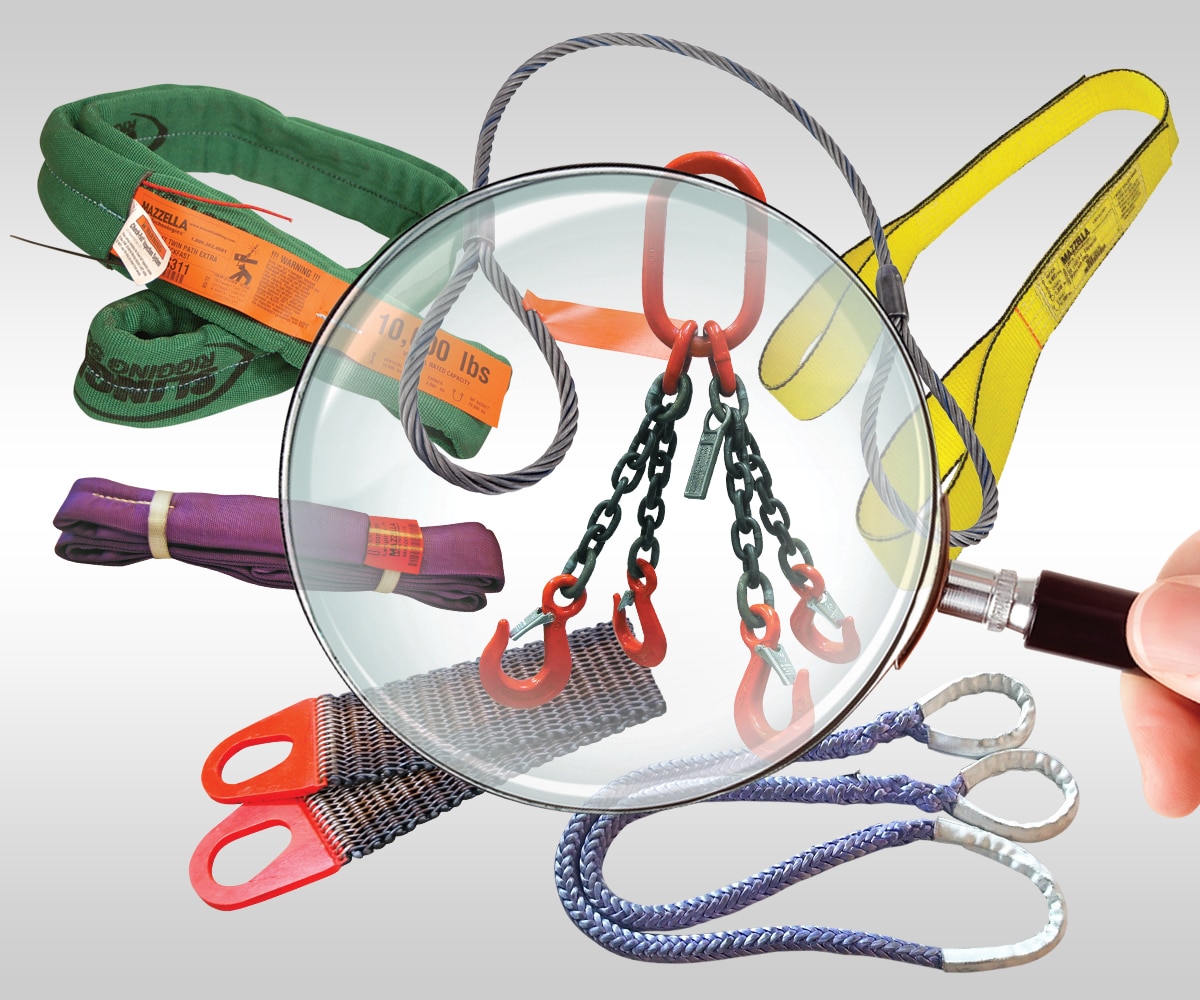
Rigging Inspection Services
OSHA 1910.184, ASME B30.9, B30.20, B30.26, and ANSI Z359 require periodic, documented inspections on slings, rigging hardware, lifting devices, and fall protection every 12 months, at minimum, and monthly to quarterly in more severe service conditions.
Our team of rigging inspectors are certified to make sure your products meet OSHA and ASME requirements.
Copyright 2021. Mazzella Companies.
